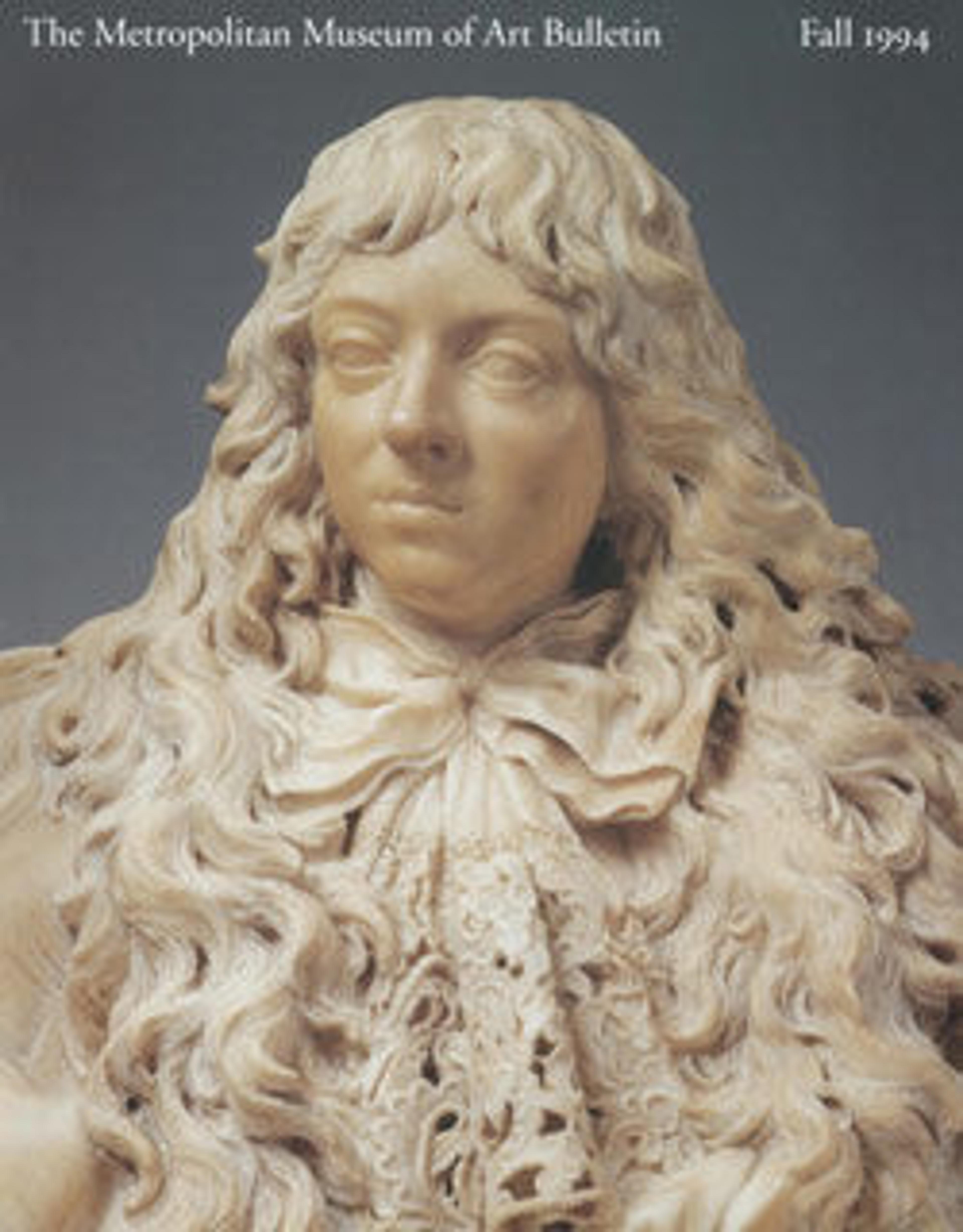Palanquin
Judging by its size and pink lining, this palanquin, a form of transport for the elite prior to the twentieth century, was probably used by women. A removable domed cover and front panel allow access, while sets of sliding windows, lined to provide privacy, also let the occupant see out through the mesh. The palanquin is carved with auspicious and fantastical imagery ranging from tigers, phoenixes, elephants, and camels to peacocks, peonies, camellias, and grapes. By the mid-twentieth century, palanquins were used primarily for ceremonial purposes, such as weddings. Today some brides still arrange for a palanquin for portions of the ceremony.
Artwork Details
- 목칠 사인교 대한민국
- 木漆 四人轎 大韓民國
- Title: Palanquin
- Period: Joseon dynasty (1392–1910)
- Date: 20th century
- Culture: Korea
- Medium: Lacquered wood with paper, cellulosic acetate and silk cushion
- Dimensions: Rectangular housing (incl. domed top): 43 1/2 × 33 3/4 × 29 3/4 in., 88 lb. (110.5 × 85.7 × 75.6 cm)
Dims & weight of the poles (each): 1 1/8 in. × 8 ft. 9 5/8 in. × 1 1/2 in., 7 lb. (2.9 × 268.3 × 3.8 cm, 3175.179g) - Classification: Lacquer
- Credit Line: Gift of Stanley J. Love, 1993
- Object Number: 1993.447a–i
- Curatorial Department: Asian Art
More Artwork
Research Resources
The Met provides unparalleled resources for research and welcomes an international community of students and scholars. The Met's Open Access API is where creators and researchers can connect to the The Met collection. Open Access data and public domain images are available for unrestricted commercial and noncommercial use without permission or fee.
To request images under copyright and other restrictions, please use this Image Request form.
Feedback
We continue to research and examine historical and cultural context for objects in The Met collection. If you have comments or questions about this object record, please complete and submit this form. The Museum looks forward to receiving your comments.
